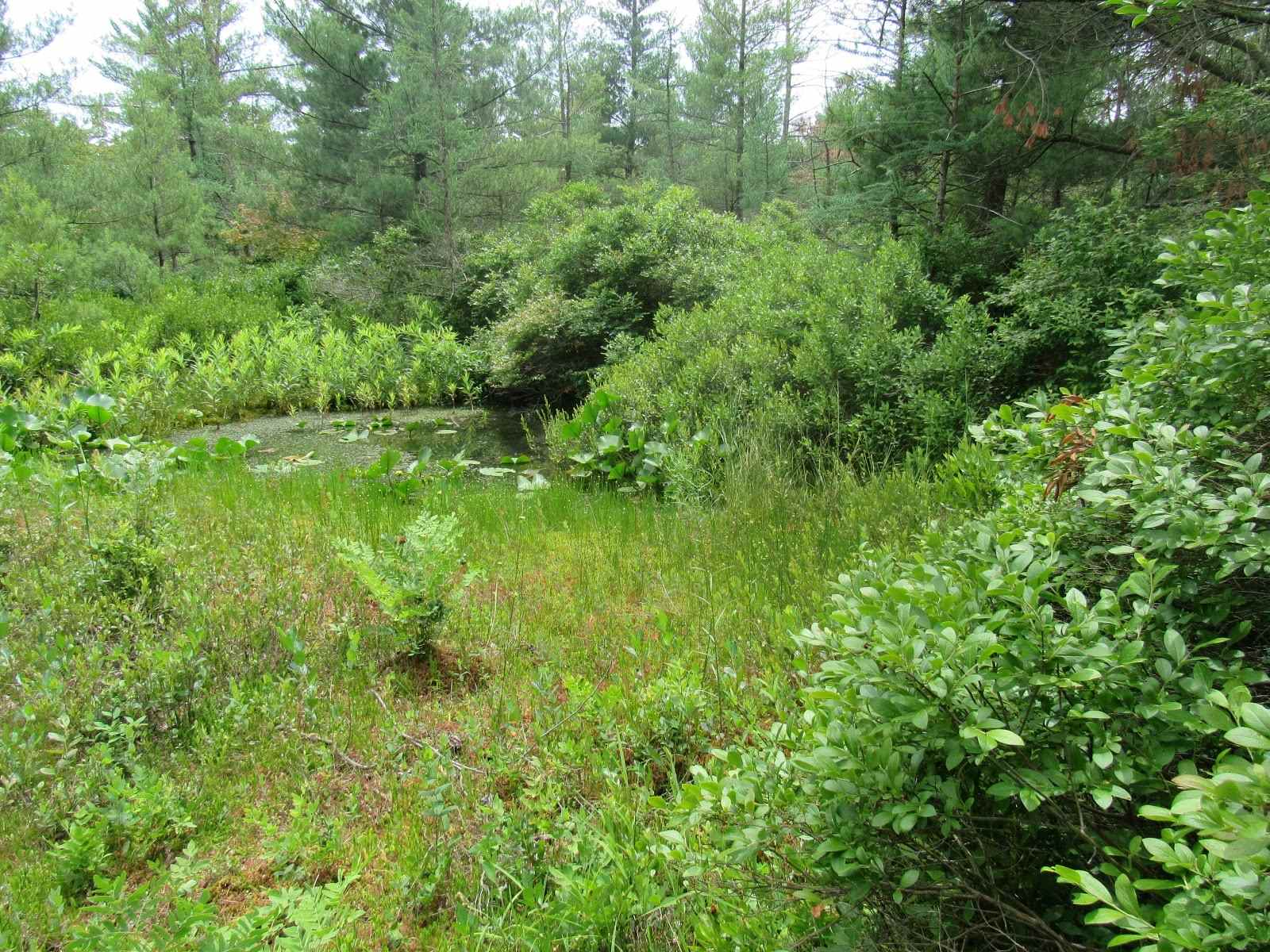Secrets Of The Northeast’s Quaking Bogs

Have you ever heard of quaking bogs? These unique wetlands, found in the Northeast, are like nature's waterbeds. When you step on them, the ground wobbles beneath your feet. But what makes these bogs so special? They are home to rare plants and animals you won't find anywhere else. Plus, they play a crucial role in the environment by storing carbon and filtering water. Visiting a quaking bog feels like stepping into another world. Ready to learn more about these fascinating ecosystems and how to explore them safely? Let's dive into the wonders of quaking bogs!
What Are Quaking Bogs?
Quaking bogs are unique wetlands found in the Northeast. These bogs have a floating mat of vegetation that trembles when walked on, giving them their name. They are home to rare plants and animals, making them fascinating places to explore.
Why Visit Quaking Bogs?
Visiting quaking bogs offers a chance to see nature's wonders up close. These bogs provide a peaceful escape from city life and a chance to learn about unique ecosystems. Here are some of the best quaking bogs in the Northeast to visit.
Best Quaking Bogs in the Northeast
Cranberry Glades Botanical Area, West Virginia
Cranberry Glades is a stunning quaking bog located in the Monongahela National Forest. It features a boardwalk that lets visitors explore without damaging the delicate ecosystem. Look out for carnivorous plants like the pitcher plant and sundew.
Bloomingdale Bog, New York
Situated in the Adirondacks, Bloomingdale Bog is a birdwatcher's paradise. The bog is accessible via a flat trail, making it perfect for a leisurely walk. Keep an eye out for the rare boreal chickadee and other unique bird species.
Ponemah Bog, New Hampshire
Ponemah Bog in Amherst is a hidden gem. This bog has a floating boardwalk that allows visitors to experience the quaking sensation firsthand. The area is rich in plant life, including orchids and cranberries.
Great Heath, Maine
The Great Heath is one of Maine's largest quaking bogs. It offers a mix of open bog and forested areas, providing diverse habitats for wildlife. Moose sightings are common here, adding to the adventure.
Webster Lake Bog, Massachusetts
Located in Franklin, Webster Lake Bog is a small but fascinating quaking bog. The area is known for its beautiful wildflowers and the chance to see rare dragonflies. A short trail leads visitors through this serene landscape.
Tannersville Cranberry Bog, Pennsylvania
Tannersville Cranberry Bog is a National Natural Landmark. Guided tours are available, offering insights into the bog's unique flora and fauna. The boardwalk trail makes it easy to explore without disturbing the environment.
White Lake Fen, New Jersey
White Lake Fen is a rare type of quaking bog known as a fen. It features alkaline water, which supports different plant species than acidic bogs. The area is great for hiking and offers stunning views of White Lake.
Saco Heath, Maine
Saco Heath is a beautiful quaking bog with a mix of open heath and forested areas. A boardwalk trail takes visitors through the bog, offering a chance to see unique plants like the sheep laurel and bog rosemary.
Black Spruce Bog, Vermont
Black Spruce Bog in the Green Mountain National Forest is a remote and peaceful spot. The bog is home to black spruce trees and a variety of mosses. It's a great place for solitude and nature photography.
Bear Swamp, New York
Bear Swamp is a large quaking bog located in the Finger Lakes region. The area is rich in wildlife, including beavers and otters. A network of trails allows for extensive exploration of this unique ecosystem.
The Magic of Quaking Bogs
Quaking bogs in the Northeast are truly unique. These floating mats of vegetation create an otherworldly experience. Walking on them feels like stepping on a waterbed. They are home to rare plants like carnivorous pitcher plants and sundews. These bogs also support a variety of wildlife, including birds and insects. Visiting a quaking bog offers a chance to see nature's wonders up close. Remember to tread lightly to protect these fragile ecosystems. Whether you're a nature lover or just curious, quaking bogs provide a memorable adventure. So next time you're in the Northeast, make sure to explore one. You'll leave with a deeper appreciation for these natural marvels.

